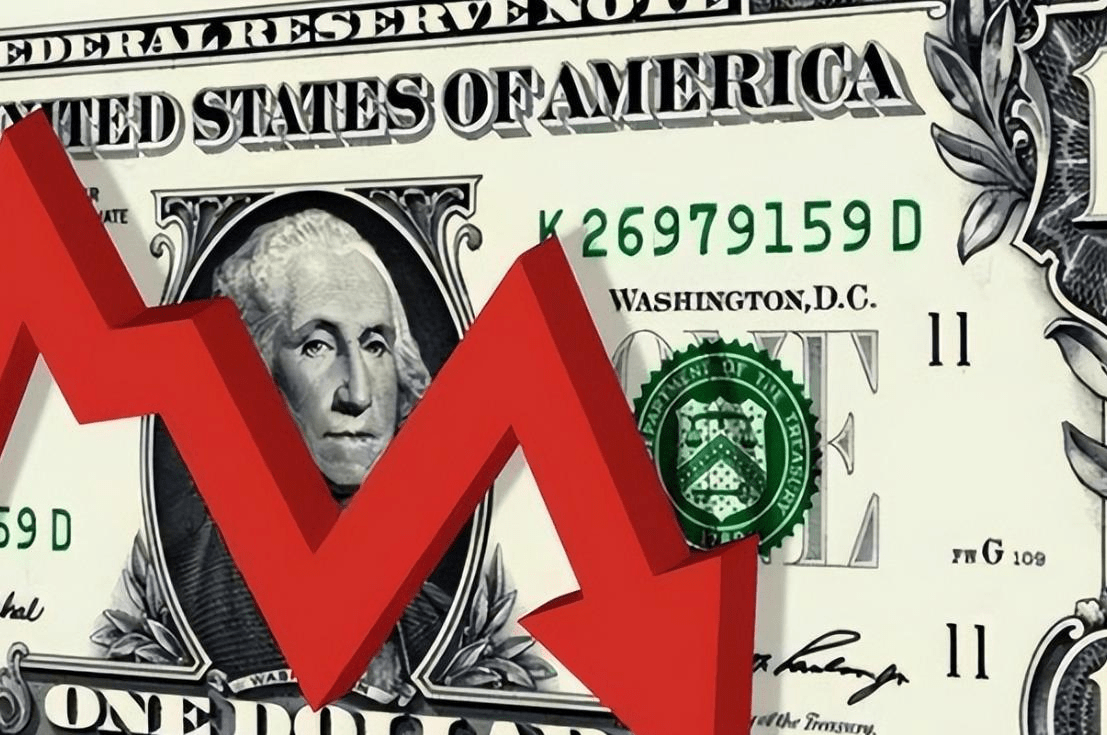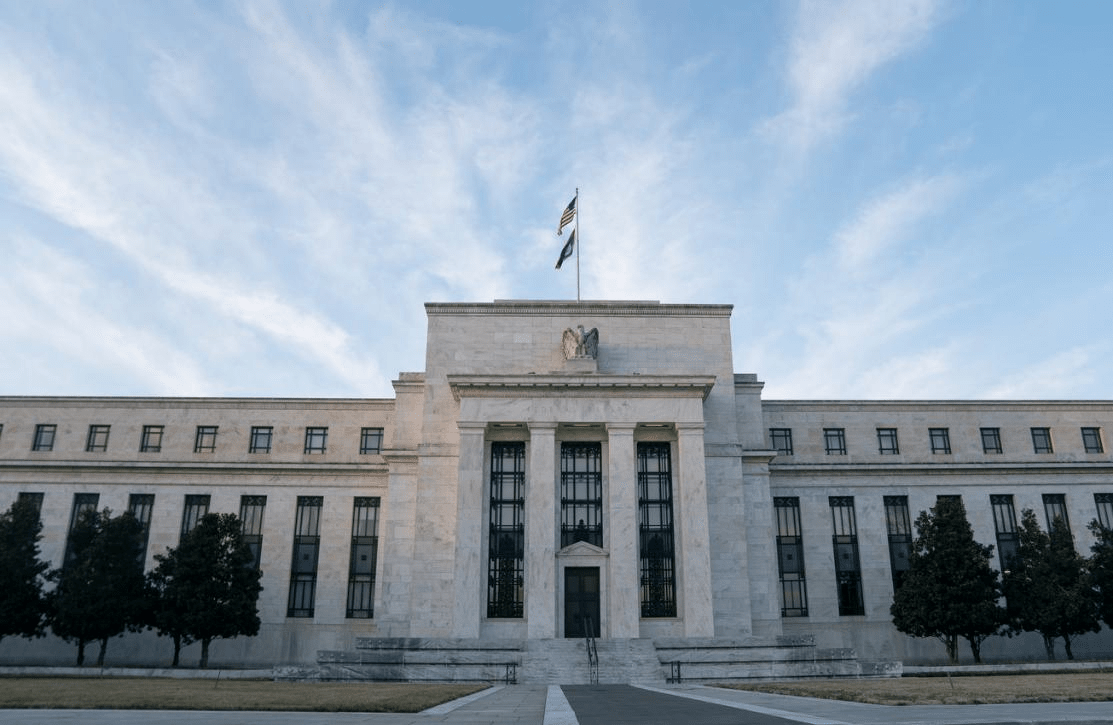
William English, a former senior adviser to the Federal Reserve, said, "The key issue for them at this meeting is their perception of the balance of risks. If they are more worried about growth and employment than inflation now, then they are likely to want to take a little insurance measure, that is, a 50 basis point rate cut. The reasons for a 25 basis point rate cut are based on different considerations, including good economic fundamentals, or the risk that a rate cut too quickly could spark a resurgence of inflation."
English said a few weeks ago that he thought a smaller rate cut would be appropriate. But the recent downward trend in employment data has made him more nervous, especially because even after two or three rate cuts, interest rates will still be at relatively high levels.
Fed officials generally tend to raise or cut interest rates at a pace of 25 basis points to study the impact of these moves. However, when they believe that their interest rate stance is not well aligned with the balance of risks, they will move faster. For example, in 2022, the Fed raised interest rates at a pace of 50 basis points and 75 basis points to combat high inflation.
 Expectations of rate cuts shift
Expectations of rate cuts shift
Until late last week, investors expected the Fed to cut rates by just 25 basis points this week because few officials had publicly called for a bigger cut. “Their communications were suggesting a 25 basis point cut. And the data was holding up OK,” said Laurence Meyer, a former Fed governor.
Esther George, president of the Kansas City Fed from 2011 to 2023, said that because inflation remains above the Fed’s target and the economy “is generally in good shape, you can start with a 25 basis point cut and say, ‘We can either keep this pace of cuts for a while or if things look weaker we can go deeper.’ ”
Fed officials did not commit to a rate cut on the eve of the pre-meeting quiet period that began on September 7. "I have strongly advocated for an early rate hike when inflation accelerates in 2022, and I will also advocate an early rate cut if appropriate," Fed Governor Waller said on September 6 after the latest jobs report.
In a subsequent question-and-answer session, he sounded relatively calm about the recent slowdown in job growth. Even if monthly job growth falls to 100,000, "that's fine," he said. "It's nothing to be afraid of."
In a speech the same day, New York Fed President John Williams said recent data showed "a fairly broad trend... We are seeing continued cooling signals. We want the economy to remain balanced."
 Is it “less regrettable” to cut interest rates by 50 basis points?
Is it “less regrettable” to cut interest rates by 50 basis points?
Fed officials often refer to their job as risk management—making sure, for example, that they weigh the risk of rising inflation against the risk of accelerating unemployment. They typically adjust interest rates to manage risks that appear more costly. For much of the past 2 1/2 years, as inflation surged above 7%, risk management has favored more aggressive rate hikes to prevent inflation from becoming entrenched.
Robert Kaplan, who served as Dallas Fed president from 2015 to 2021, said starting the easing cycle with a 50 basis point rate cut makes sense if officials consider which choice they are less likely to regret at this week's meeting.
"If I were still in my old job, I would say, 'I'm OK with a 25 basis point cut, but I'd be more in favor of a 50 basis point cut,'" said Kaplan, now vice chairman of Goldman Sachs. He said the Fed's benchmark rate should be about 100 basis points lower than it is now, given inflation and unemployment.
Kaplan said that since inflation has not been completely defeated, the Fed should avoid further weakening of the economy, which would force the Fed to cut interest rates faster or more sharply to avoid sparking inflation again.
He said Fed officials are unlikely to regret making a bigger rate cut this week if the economy does poorly between now and the next meeting in early November because rates will still be relatively high. But officials would regret more if the Fed takes smaller actions and the labor market deteriorates more quickly.
The minutes of the Fed's late July meeting showed that some officials supported a rate cut at the time, but most preferred to wait. The July hiring data released two days after the Fed's July meeting was far below expectations.
"The Fed is one meeting behind, and they have a chance to catch up. But if I had it to do over again, I would have cut rates in July," Kaplan said. "I would rather correct this now and get ahead of the curve than be behind the curve all fall and chase the economy down."
Where is the way?
Just as important as the Fed's decision on how much to cut rates this week will be its quarterly economic projections, which show officials' expectations for where interest rates will be at the end of the year. While they are not the product of the committee's deliberations, they are typically just as important to financial markets because policymakers' rate outlook can affect a range of borrowing costs for mortgages, auto loans and corporate debt.
Updated forecasts for the September meeting are particularly informative because the Fed only has two meetings left scheduled this year, in November and December, and the new forecasts will provide unusually specific input into the decisions at those meetings.
If more officials expect a total of 100 basis points of rate cuts this year, that would mean at least one 50 basis point cut this year. Delaying a larger rate cut until later in the year could raise awkward questions about why that is the best approach. Another option is to cut rates by 25 basis points now and expect similar measures at the final two meetings of the year, while retaining the option to accelerate the pace of rate cuts if the economy deteriorates.
With this week's decision so close, Powell is likely to face dissent from at least one policymaker, including five regional Fed presidents and seven Fed governors, among the 12 policymakers who vote on policy. No Fed official has voted against a policy decision in two years, the longest such streak in the past half century. In addition, no Fed governor has dissented from a rate decision since 2005.
English said the Fed's rate decision this week is in a close call, which may reflect officials' uncertainty about the options. "It's not that you have half the committee members who are in favor of a 50 basis point cut and half who are in favor of a 25 basis point cut and they're yelling at each other. It's that this group of people are really not sure what the right thing to do here is," he said. "In the end, Powell may be able to build a reasonable consensus around one of these sides."




